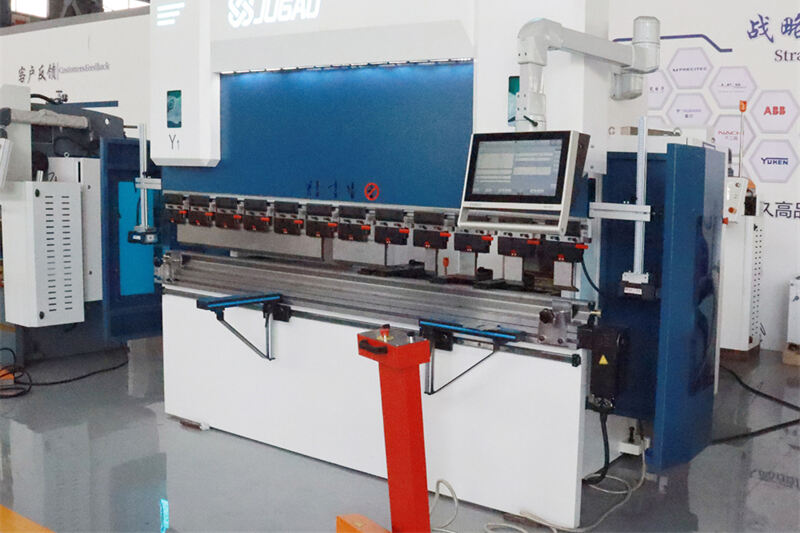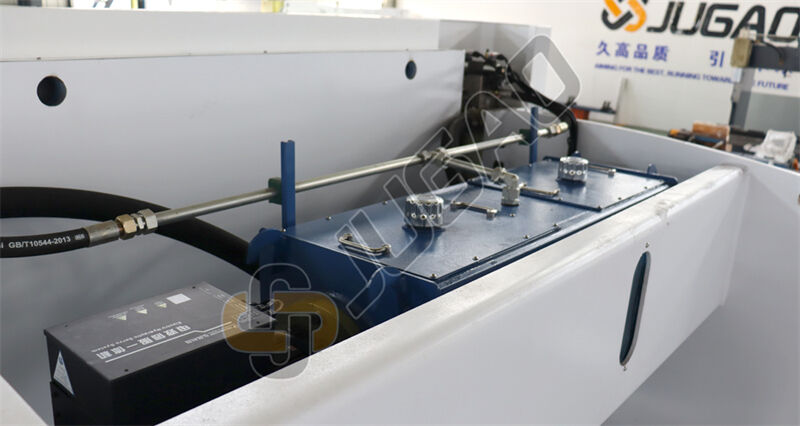How to Choose More Eco-Friendly Press Brake
If you’re searching for ways to reduce your workshop’s environmental footprint without compromising productivity, you’ve come to the right place. As an expert, I understand the increasing demand for eco-friendly press brake solutions. In this guide, I’ll share actionable steps to help you select machines and practices that prioritize sustainability while maintaining high performance, drawing inspiration from innovative technologies such as's automatic sheet bending machine, the powerful and sustainable TruBend 8000 series, and the energy-efficient metal bending machines developed by Salvagnini with. Let’s explore how to make smarter, greener choices for your metal fabrication needs.

What Makes a Press Brake Eco-Friendly?
An eco-friendly press brake not only minimizes environmental impact but also optimizes performance. When assessing these machines, consider the following factors:
1.Energy Efficiency: Look for models that consume less power and use advanced technology like servo motors. Servo-electric press brakes are recognized for their significant reduction in energy consumption compared to hydraulic systems, as they offer a more energy-efficient operation with lower power usage during idle periods and higher efficiency in mechanical transmission.
2.Materials Used: Eco-friendly press brakes often utilize recyclable materials and have designs that promote minimal material wastage. This not only supports sustainability but can also enhance machine longevity.
3.Waste Management Features: Some press brakes are designed with built-in waste reduction systems, allowing for better scrap management. Opt for machines that incorporate these features to improve efficiency and reduce waste.
Evaluating Energy Efficiency in Eco-Friendly Press Brakes
Energy consumption is a critical factor in eco-friendly press brake selection. Here’s how to assess and optimize energy use:
Step 1: Compare Hydraulic vs. Electric Systems

For instance, servo-electric bending machines can achieve energy savings of over 30% compared to traditional hydraulic models, as they only consume energy during actual output pressure.
Step 2: Look for Energy Recovery Features
Advanced eco-friendly press brakes often integrate energy recovery systems. These capture and reuse energy generated during deceleration or idle periods, further cutting power waste. Inquire with suppliers about models equipped with regenerative drives to enhance operational efficiency, as evidenced by the ACS880-17 cabinet-built regenerative single drives which capture braking energy and reduce costs.
Step 3: Assess Smart Automation

CNC-controlled press brakes, through the use of advanced technologies such as laser measurement and adaptive control, optimize material usage and minimize trial-and-error bending, significantly reducing scrap and enhancing production efficiency. Features like automatic tool changers and AI-driven angle corrections ensure precision, saving both energy and raw materials.
Choosing Sustainable Materials and Designs
The construction and components of a press brake also impact its eco-friendliness. Focus on these aspects:
Recycled or Low-Impact Materials
JUGAO manufacturers use recycled steel or aluminum in machine frames. Check if the press brake’s structural components meet standards like ISO 14001 for environmental management.
Longevity and Repairability
A durable, modular design extends the machine’s lifespan and reduces waste. Prioritize press brakes with easily replaceable parts, such as standardized tooling or off-the-shelf hydraulic components. Avoid machines with proprietary systems that require frequent replacements.
Low-Emission Lubricants and Fluids
Conventional hydraulic fluids can leak and harm the environment. Choose machines compatible with biodegradable lubricants or synthetic fluids that meet ISO 6743-4 standards.
Implementing Eco-Friendly Maintenance Practices
Even the greenest press brake needs sustainable maintenance to stay efficient.
Routine Inspections for Leaks and Wear

Regularly check hydraulic hoses, seals, and electrical connections. Fixing leaks promptly prevents fluid contamination and reduces downtime.
Waste Reduction in Tooling
Reuse or recycle worn tooling where possible. Partner with suppliers offering take-back programs for used dies and punches.
Preventive Maintenance Schedules
A well-maintained machine operates efficiently. Schedule monthly checks for alignment, lubrication, and software updates to avoid energy-wasting breakdowns.
FAQ Section
Are eco-friendly press brakes more expensive upfront?
Investing in electric servo-driven bending machines, which may initially cost 10–15% more, can lead to significant long-term savings, as they consume up to 40% less energy and require lower maintenance costs compared to traditional hydraulic machines.
How can I retrofit my existing press brake to be greener?
Retrofitting with servo motors, energy recovery systems, or CNC upgrades can improve efficiency. Consult your manufacturer for compatible kits.
What certifications indicate an eco-friendly press brake?
Seek out organizations certified with ISO 14001 for their environmental management systems, CE Marking for energy efficiency, or ENERGY STAR® for energy efficiency in products.
Conclusion
Choosing an eco-friendly press brake involves evaluating energy efficiency, sustainable materials, and proactive maintenance practices. By giving preference to machines featuring smart automation, renewable energy sources, and recyclable parts, you can significantly decrease waste and operational expenses. For personalized recommendations like Hybrid Press Brake, reach out to our team today. Let’s work together to build a greener future for metal fabrication!


















































